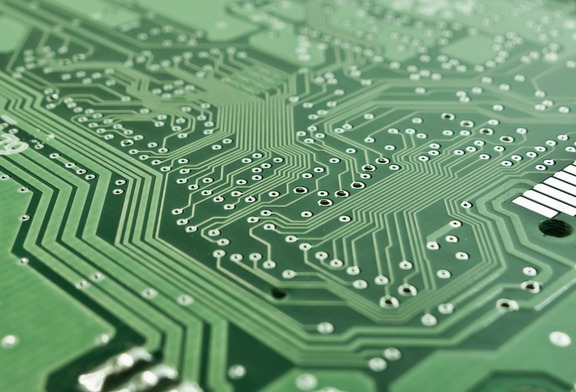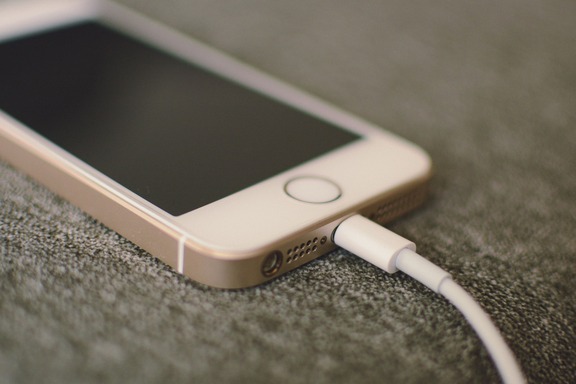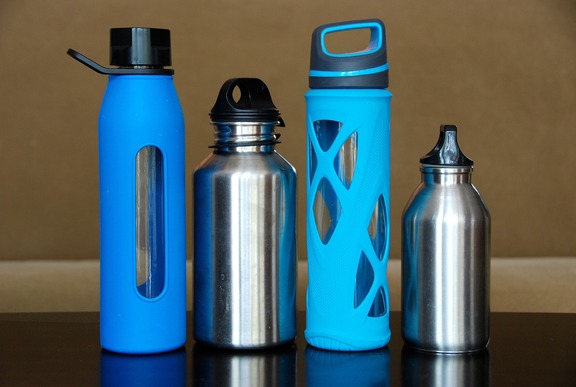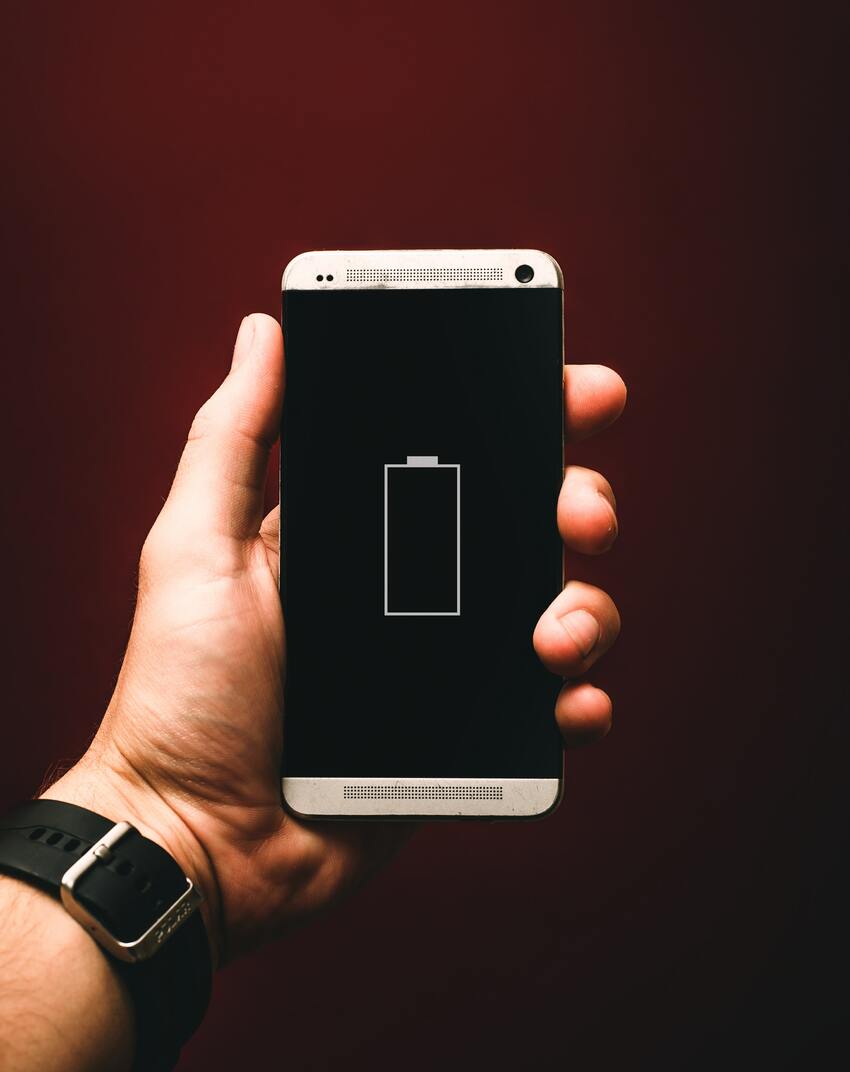How To Keep Your Electronics Gadget Safe In your travels
Alexander Kellerson

One of the most difficult aspects of the process is deciding what to bring with you on a flight, as this can be a difficult decision. There are many details to keep in mind, including the regulations regarding carry-on items, weight limits, and luggage restrictions, to name a few.
The question is, how can you ensure that your electronic devices are safe wherever you go? Is there a particular way to carry and pack your electronic devices, or are there multiple options? Regarding packing your electronic devices, there are a few important things to remember. It is very common for people to travel with their electronic devices these days; consequently, you will want to ensure that you pack them appropriately to protect them from damage or theft.
You can protect and travel with your electronic devices in a manner that is both simple and secure by following the simple yet effective tips below
Back-Up All Your Data
You wouldn't want to lose all your data if your device was lost, stolen, or irreparably damaged. Your technology can't be protected for its operation or physical state, but most of the time, the information we store in them is more precious. Therefore, you should back up your data before leaving the house so that you can still access the photos, writings, contacts, and documents you have saved in the event of an accident.
Pack Electronic Gadgets On the Top
Last to be packed are bulky devices like a laptop, a large battery, or a camera lens. Your electronics will be conveniently located on top of your luggage if you do it this way rather than digging through it. You should be aware of the kinds of inlets that other countries utilize if you plan to travel abroad. You must understand how to pick a power strip that can accommodate all your electrical gadgets without sacrificing outlet compatibility.
Keep Electronics Items In One Bag
For a few reasons, this is a crucial piece of advice. Taking a tablet and some headphones will be easy without having to look around if your flight is short. You'll be able to locate anything because they will all be in one location. Additionally, it will be less difficult to locate and unzip your bags for screening personnel as the TSA requires that they be inspected before boarding.
Install Device Tracking Applications
There are numerous tracker apps and gadgets available nowadays that can assist you in finding your gadgets if you ever inadvertently lose them. By downloading apps, you can track a device using the app's website from your phone, laptop, tablet, or smartwatch. Another approach to tracking your equipment is through physical trackers like Tile, which are becoming increasingly popular. It's typically used for non-tech items like your keys, but it may be a terrific way to locate a camera or bag of photographic gear.
Use Small Boxes or Cases To Pack Wires
This is a wonderful idea that functions nicely. Keep your USB adapters, chargers, and other stray cables secure and organized using an eyeglass case that you may already have lying around the house.
Carry Power Source For Batteries of Gadgets
Per new TSA regulations, you must include battery kits and lithium-ion batteries inside carry-on luggage. They won't be transported in your checked luggage. So, follow the airline's regulations if you bring a quadcopter or other device that uses these batteries.
Use Cases To Make Gadgets Damage-Proof
Your devices may sustain significant harm when traveling. Most technology devices, such as smartphones, tablets, and chargers, will come with protective coverings that you may buy if you don't already have one. A versatile travel case can also be used to safeguard your smartphone. A strong exterior shell will shield them from the elements and other threats.
Security Regulations At Airports
If you are traveling through airline security in the United States or Canada, you will need to remove your laptop from its case and put it in a plastic container for X-ray screening unless you have TSA PreCheck. If you find this process difficult, consider getting a TSA-friendly laptop cover. Security screeners may inspect your computer once this case has been unzipped. In that case, you are not permitted to include anything else.
According to the TSA blog, tablets and iPads may remain in your carry-on luggage during the screening process. As you approach the screening checkpoint, slide your laptop down the belt conveyor of the X-ray scanner. Put it away when you and it have been examined, then put on your shoes and gather your possessions.
Consider “Mini” Versions of Accessories
Space is at a premium in packing, and things like DSLR cameras and noise-canceling headphones require much of it. Use lighter versions of accessories whenever possible to reduce the weight of your suitcase. Change your headphones for a good pair of noise-canceling earbuds, and think about getting a set of powerful smartphone camera lenses. Wire juggling is avoided using a USB mini-cable set with appropriate connectors for your devices. Replace the power supply of each gadget with a compact USB hub or a specialized portable charger with many USB ports.
Get Insurance Cover For Personal Belongings
Getting the appropriate level of travel insurance with a thorough cover for your possessions is essential. Even so, it won't lessen the probability of any of the above mentioned events. It will help dispel any reservations about taking them on your trip. Although solid insurance won't replace a lost or broken phone, it will alleviate your concerns and minimize your losses.
Summing It Up
It may be inconvenient to travel with items requiring additional inspections and comply with security measures. However, if you are familiar with your own electronic devices and keep up with any prospective updates, there is no reason why taking them on the road should be challenging. The main thing is to always be awake; the rest will come as you go. You can manage your technological devices with the help of the hacks, as mentioned earlier.












